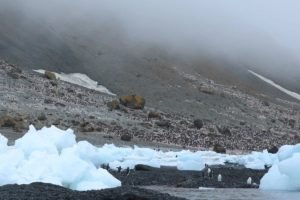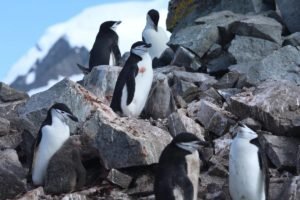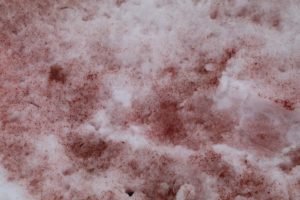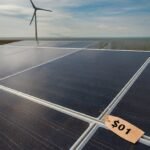Antarctica as we know is disappearing, not literally but the life that depends on its glaciers and snow-capped mountains — is being transformed as the snow is disappearing. The rate of ice loss from Antarctica has tripled since 2012 compared to ice losses from the previous two decades.
Large enough chunks of ice are calving off of the Antarctic ice shelves that maps must be redrawn. Just this past summer, over the period from November to February, scientists documented unprecedented heatwaves and melting at Casey Station, East Antarctica.
The visible signs of this transformation are –
- Antarctica’s air and ocean are heating up-The Antarctica peninsula is witnessing some of the most rapid warming on Earth. In February, Argentina’s Esperanza research station recorded high temperatures of 64.9 degrees F (18.3 degrees C), on par with temperatures in Los Angeles. This is the highest temperature ever recorded in continental Antarctica.The oceans around Antarctica are getting hotter as well, with some areas of the Southern Ocean warming by 5.4 degrees F (3 degrees C). This is particularly problematic, because ice loss has been greatest where there’s an influx of warm waters.

- Ice is retreating and melting rapidly- The world’s largest iceberg “A68” – weighing 1.1 trillion tons and the size of Delaware – broke off from Larsen C ice shelf in July 2017. Now it is about to enter the open ocean. In the nearby Thwaites Glacier, researchers recently found a large underwater cavity, two-thirds the size of Manhattan. The cavity used to contain 14 billion tons of ice, but much of it has melted in just three years. The presence of a cavity like this allows for warm waters to get further under the glacier, allowing it to melt faster.

- Some penguin populations are shrinking – Climate change is creating penguin winners and losers. Their fate hinges on how dependent they are on krill, which has declined by 70-80% in some regions of the Weddell Sea and waters off of the Antarctic peninsula, as a result of commercial fishing, sea ice loss and recovery of whales. Gentoo penguins, on the one hand, have diversified their diet to include fish and squid. They’ve seen greater success than the Chinstrap and Adélie penguins, which almost exclusively rely on krill.

- Snow is turning red- Rising temperatures are allowing algae to grow in large masses, giving snow a red pigment. They produce this reddish pigment to protect themselves from solar radiation during warmer seasons. As temperatures warm, the algae are able to grow in greater masses, turning the snow a darker shade. This reduces surface reflectivity and, in turn, causes more solar radiation absorption, furthering melt.

Though Antarctica seems so far away climate impacts to Antarctica won’t be a localized phenomenon; they will affect the entire planet, with rising seas flooding low-lying communities around the world, altered ocean circulation patterns, and potentially more frequent extreme weather events.
Reference- WRI Report, CNN, NASA, Antarctica Earth Observatory website, Nature, National Geographic






